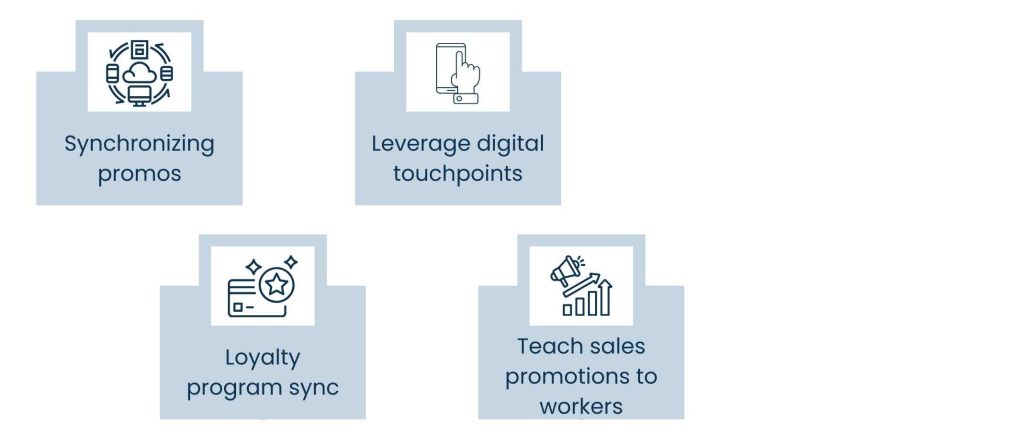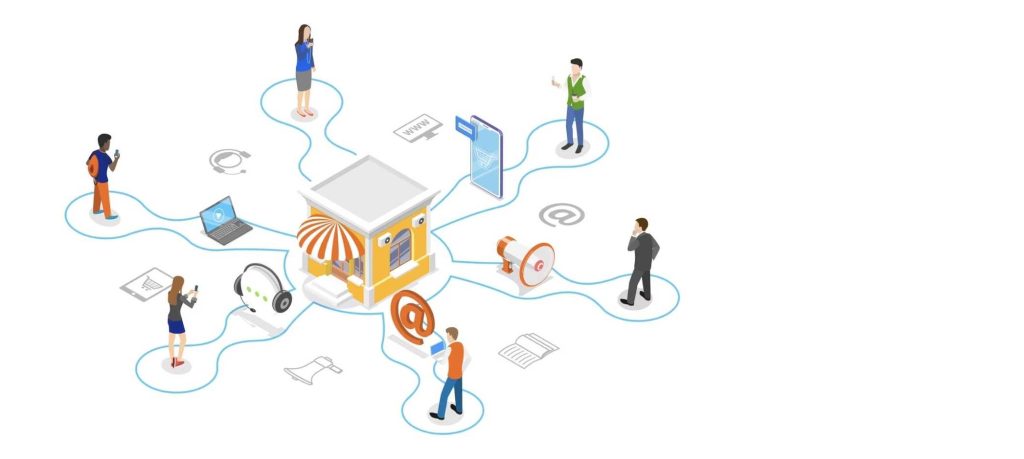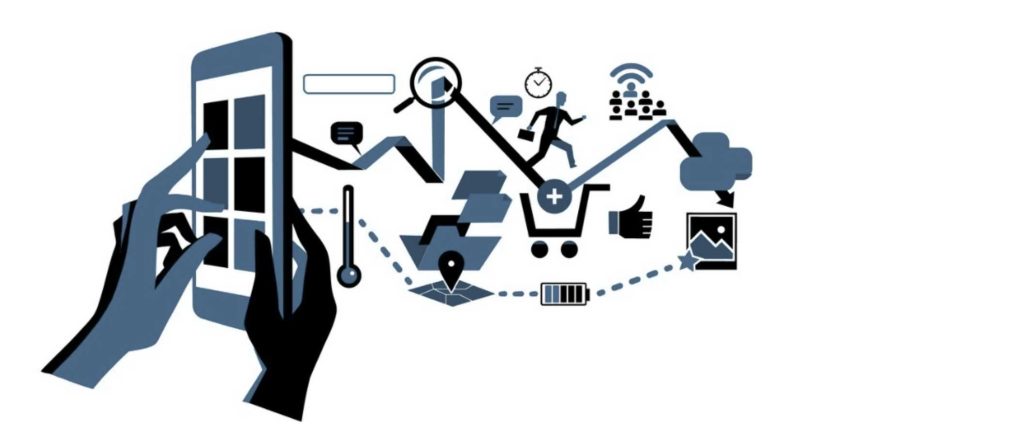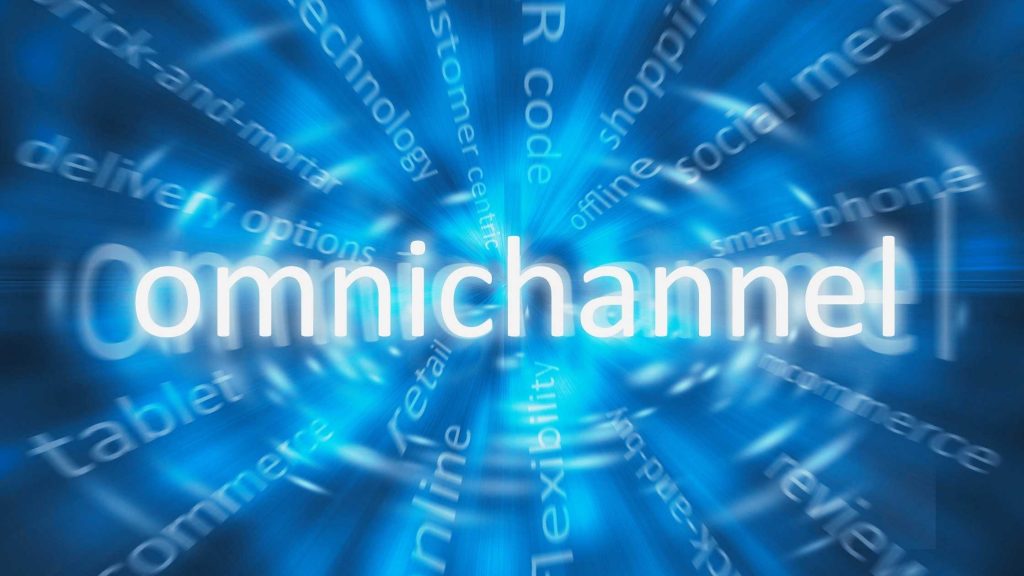Introduction
Customers buy in a less linear process than ever before and often stray from the typical funnel. Maybe they discover a new brand through Instagram, subscribe to an email newsletter, and ultimately purchase in-store. For this complex journey, we need a unified enterprise connection strategy at all touchpoints. This is where omnichannel marketing services enter the picture.
The services extend beyond the management of individual marketing channels. The pair an omnichannel marketing strategy through social, email, and in-store campaigns. Ensuring your message is consistent across all channels of conversation with your brand.
Improved engagement and customer loyalty, which can drive sales for brands’ omnichannel integration, is a key enabler. Combine digital and in-store customer touchpoints into a smooth, strategic customer journey that the shopper never questions.
This post will discuss how to strategically integrate social, email, and in-store campaigns. Hiring professional omnichannel marketing services builds your brand positioning and generates impactful results.
Real-Time Engagement through Social Media Integration
Social media can be where the first contact with new customers is made, and as such, must focus on every omnichannel marketing service. But when social media campaigns are tied to email and in-store components, they transcend their brand-building purpose to become direct engagement and conversion tools.

For social media integration to work better, brands should:
- Consistent unified message: Use visuals and promotions throughout online and store environments for recognition regularly.
- Engagement triggers: Likes, comments, and clicks into email lists or in-store offers.
- Cross-channel advertising: Promote in-store occasions on social media and observe attendees, mainly via e-mail.
- Utilize platform analytics: By default, it gives you what is doing well, which allows you to create messages more efficiently while using the ability to grab emails/foot traffic inside of a store.
Social media enables you to adjust campaigns swiftly, and offers a direct client communication line. This effort plays into email and in-store promos, so apparently the company realizes it has a touch-and-feel product that happens to make for good online business. Rather than customers feeling as if they are contending with multiple campaigns, all of their touchpoints come together as one seamless brand story.
Also Read: Dropshipping Virtual Assistant
Appropriate use of email marketing to make follow-up personalized
From using email to nurture relationships and make repeat sales to guiding how they can step up their game in their content marketing strategy. Now, an open email can be made even more impressive when connected within an omnichannel marketing services stack, as each email could match uniquely to the individual customer’s path in recent days, both online and physically in-store.

Brands can do this with an effective email integration if they:
- Segment on behavior: Use customer activity data on social media, websites, and others.
- Extend campaign through the mirror: Make certain that the imagery and branding in emails align with social promotions, on-campaign deals, and any other promotional activities.
- Automation: Allows for automating messaging such as emails after in-store events, abandoned carts, or social engagement.
- Fast follow-up: Message quickly and optimize using open and click-through rates for campaign tracking.
This alignment is crucial to make sure email is not relegated to a single marketing push but instead, part of an ongoing, connected conversation. With targeted delivery, brands allow customers to navigate sequentially and organically from one channel to another in messages that seem timely and familiar; this flow strengthens loyalty, leading directly to more conversions.
In-Store Campaign Alignment
The role of physical stores in this digital-first world across the customer journey remains clear. In-store campaigns with omnichannel marketing services allow retailers to ensure their offline experiences completely reflect and enhance the online engagements.

Make your in-store campaigns work best for you, further with digital by doing these:
- Synchronizing promos: Align in-store signage with in-flight online and email campaigns.
- Leverage digital touchpoints: Link consumers directly to product and/or review pages, or even offer-specific incentives.
- Loyalty program sync: Make sure that in-store transactions update online profiles for scheduled follow-ups.
- Teach sales promotions to workers: Give details of ongoing campaigns to staff for uniform service.
To customers, a trusted brand weaves online and offline experiences together to make the purchase funnel smoother. And this facilitates in reducing customer friction throughout the journey, i.e., a smooth transition from one channel to another, and does not allow the shopper to lose interest.
Also Read: Procurement Managed Services
Key Benefits of Omnichannel Integration
Social, email, and in-store campaigns work hand-in-hand with the help of our omnichannel marketing services to yield more significant results than individual ones.

Full Integration Advantages:
- Consistent brand experience: Every communication or offer to the customers in a multi-channel approach comes out as a single entity rather than individual experiences, as you know they are receiving the same thing, and it’s building an identity.
- Enhanced data insights: Monitor customer interactions across channels for campaign optimization.
- Improved responses and conversions: This is because repeated exposure to information across multiple jurisdictions results in a higher probability of action.
- More efficient use of resources: Data-driven feedback identifies where budgets are to be spread over the best-performing strategies.
Omnichannel integration means better journeys for customers, with automation and personalisation delivering immense benefits to businesses with lifelong loyalty, improved ROI, and more effective marketing. This approach turns these touchpoints from isolated instances into a holistic brand experience, one that the customer finds reliable and comes back to.
Why Data and Analytics hold a crucial role in any Omnichannel Campaigns?
Data is the key to Omnichannel Marketing Success, but if you do not have an accurate analytics system in place, then it also means that you do not know how your customer is interacting with your brand and what channels he is using, as well as their impact.

Brands ensure that data and analytics work effectively in omnichannel campaigns by:
- Cross-channel tracking of behavior: knowing how a customer moves through social media, email, and the store.
- Using analytics platforms: Choose tools that are able to combine online with offline data for a much richer view.
- Finding ideal audience group: Target those who are most likely to become great customers.
- Campaign Spend Allocation: Find out channels that are contributing the most conversions.
This information helps brands create targeted campaigns to reach consumers on their terms and guide them to the next part of the journey. With proper registration, you can also find low-performing channels and correct them immediately with data. Omnichannel strategies make marketing more efficient, ROI positive, and targeted with the right mix of data.
Key Challenges in Achieving Omnichannel Integration
The benefits that come with omnichannel marketing services are very simple, but doing so with perfection is a different game. There are a number of business-related challenges around how the teams work, technology enablement, and brand consistency.

Brands are tackling these obstacles effectively by:
- Avoid data silos: Isolation can kill innovation, so make sure that all business units come to work and hang out in a unified CRM.
- Identify Brand Guidelines: seamless tone, visuals, and messaging in any channel execution.
- Scalable technology upgrade: Utilize cross-platform tools that can scale with your business.
- Cross-train staff: Educate all teams on how their work fits across channels and touchpoints.
Front-loading these needs is necessary to provide clarity and keep your campaigns unified. When done properly, even the most intricate of organizations can create a seamless end-to-end customer experience worthy of the term omnichannel marketing with some careful measures and tools.
Omnichannel marketing personalization at scale
Personalization is not a choice anymore but a must. Email service providers enable companies to provide personalized experiences for every customer and stay effective at the same time, which could be achieved with omnichannel marketing services.

FFor brands to successfully personalize at scale, they can:
- Use the customer information: Buying history, browsing behavior, and engagement data, to inform your content.
- Dynamic content: Displays unique offers or messages at the customer level.
- Turn follow-ups on autopilot: Team your emails with actions and customer behavior.
- Build journey-based segments: Categorize customers based on their stage/phase in the decision-making journey.
Real personalization, the kind that is both customized and sincere to customers, comes from a combination of automation with a human understanding of customer requirements. That formula helps in building loyalty, generating engagement, and making sure every generation feels like their touchpoints, when read online or offline, are tailored to them.
Omnichannel Marketing Services With The Help Of Technology Tools
Technology is the fuel that powers omnichannel marketing requirements. For tracking and integration, the latter would be impossible without tools such as:

Some of the key tools to support omnichannel marketing are:
- Customer Relationship Management systems: to pool in all customer data from any channels.
- Joining automation flow: Combine all your campaigns into one marketing automation workflow.
- Dashboards for analytics: instant performance monitoring to make quick changes.
- POS integrations: Connect offline to online activity for stronger targeting.
The technology stack you choose to use will depend on your project goals, and of course, your budget and what other technologies are already in place. Using tools makes operations seamless and gives you one of the best shortcuts for ensuring a consistent, yet tailored experience at every touchpoint.
Future Trends of Omnichannel Marketing
New technologies combined with the changing demands of these customers will also define the future omnichannel landscape. To be ahead of the curve, you must identify which ways trends are moving so that you can anticipate them in advance.

There are certain movements to watch over the next few years:
- AI-powered personalization: Using machine learning to give the most relevant, time-bound, and tailored information.
- Compatible with Voice Commerce enhancement: Tailored for voice-activated searches and ordering.
- AI: Real-time sessions to connect online shopping with an offline store.
- Marketing update: Lessons from privacy laws for Marketing.
Brands that do leverage these innovations have a competitive advantage. The future of omnichannel is both changeable and unifiable in a personalized but mass scalable manner for each user at every point in time.
Conclusion
It is vital to omnichannel marketing services as it brings fragmented campaigns on both sides of the digital-physical skeleton together, creating a unified and seamless customer journey. In addition to this, with Social media pulls that link the gap between the buyer and an exclusive email follow-up strain OR store growth optimization, brands can create that delightful circle from awareness towards loyalty, ending up in more trustworthy conversions.
In an environment where customers expect even more personalization and with a consistent customer experience across all channels, just gaining performance data from each channel is not the way to go. Move Through Email Social campaigns should inspire action, but keep it clever through targeted emails. Emails must link your customers to experiences in-store. In-store campaigns can, in turn, reinforce the brand promise — whether it began online or off.
They learn that the big brands of today have to not just be everywhere, but also be everywhere in a connected and cohesive way.
About Us
Tasks Expert offers top-tier virtual assistant services from highly skilled professionals based in India. Our VAs handle a wide range of tasks, from part time personal assistant to specialized services like remote it support services, professional bookkeeping service etc. Furthermore, it helps businesses worldwide streamline operations and boost productivity.
Ready to elevate your business? Book a Call and let Tasks Expert take care of the rest.









